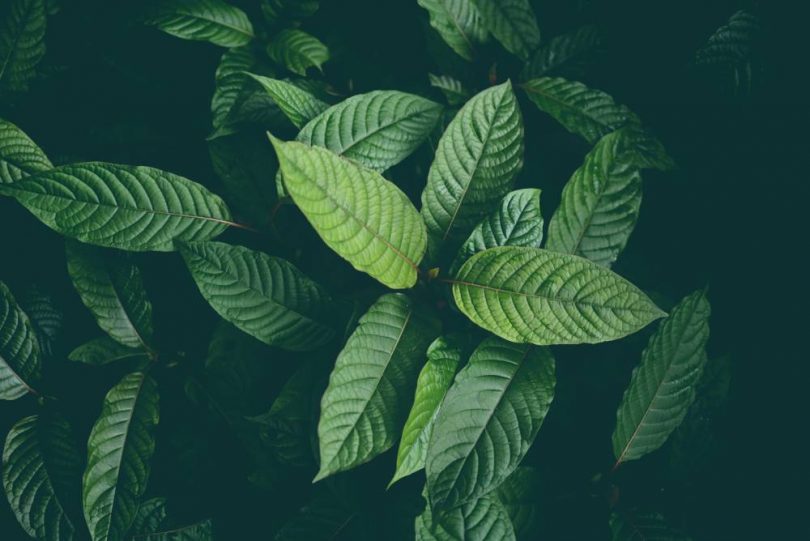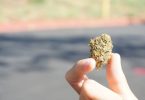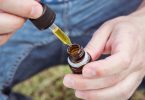The health and wellness community is well-acquainted with cannabidiol (CBD) by now.
The cannabis compound has exploded in popularity over recent years thanks to its potential therapeutic effects. Many consumers use CBD to improve their quality of life by alleviating pain, calming anxiety, and even minimizing the severity and frequency of seizures, among others beneficial effects. [1]
Nowadays, another compound is gaining some attraction in the health and wellness sphere: kratom.
What exactly is kratom, and how does it compare to CBD?
What is Kratom?
Kratom, also known as Mitragyna speciosa tree, is native to Southeast Asian countries including Thailand, Malaysia, Indonesia, and Papua New Guinea. [2] In this part of the world, kratom leaves are commonly used as dose-dependent stimulant with opium-like and caffeine like effects used not only for pain management, but also as a supplement to boost energy.
Kratom provides stimulant effects at low doses, while at higher doses it can have effects similar to opiates and may act more like a sedative than a stimulant. The predominant active ingredient in kratom is mitragynine, which is believed to bind to serotonin and dopamine receptors in the brain.
In recent years, kratom’s use in the western world has soared. Given its increasing popularity, there are concerns over its safety, particularly in terms of its potential addictive properties.
How Does Kratom Compare to CBD?
The most notable difference between CBD and kratom is their effects on the brain. Unlike tetrahydrocannabinol (THC), CBD is not known for its intoxicating effects. Kratom, on the other hand, has much stronger psychoactive effects.
While kratom is often used as a stimulant, CBD can have both relaxing and energizing effects.
Further, each compound differs in how they bind to receptors throughout the body. Whereas CBD binds to cannabinoid receptors in the endocannabinoid system, kratom binds to opioid receptors. These variations have significant differences in how they each affect the mind and body.
The legality of kratom is also still under investigation. Hemp-derived CBD is legal in the US thanks to the 2018 Farm Bill. However, kratom may be added to the list of Schedule 1 controlled substances.
There’s also the topic of safety. While CBD has been shown to be relatively safe, the jury is still out on kratom’s safety.
References:
[1] Shannon, S., et al, “Cannabidiol in Anxiety and Sleep: A Large Case Series“, Perm J., January 2019; 23: 18-041[Journal Impact Factor = 1.17] [Times Cited = 339]
[2] Eastlack, S.C., et al, “Kratom—Pharmacology, Clinical Implications, and Outlook: A Comprehensive Review“, Pain Ther., June 2020; 9(1): 55–69. [Journal Impact Factor = 5.725] [Times Cited = 66]
Image: https://www.bigstockphoto.com/it/image-458779927/stock-photo-nature-green-leaf-background%2C-kratom-tree-grows-on-dark-plant-tree-kratom-leaves-mitragyna-specios










